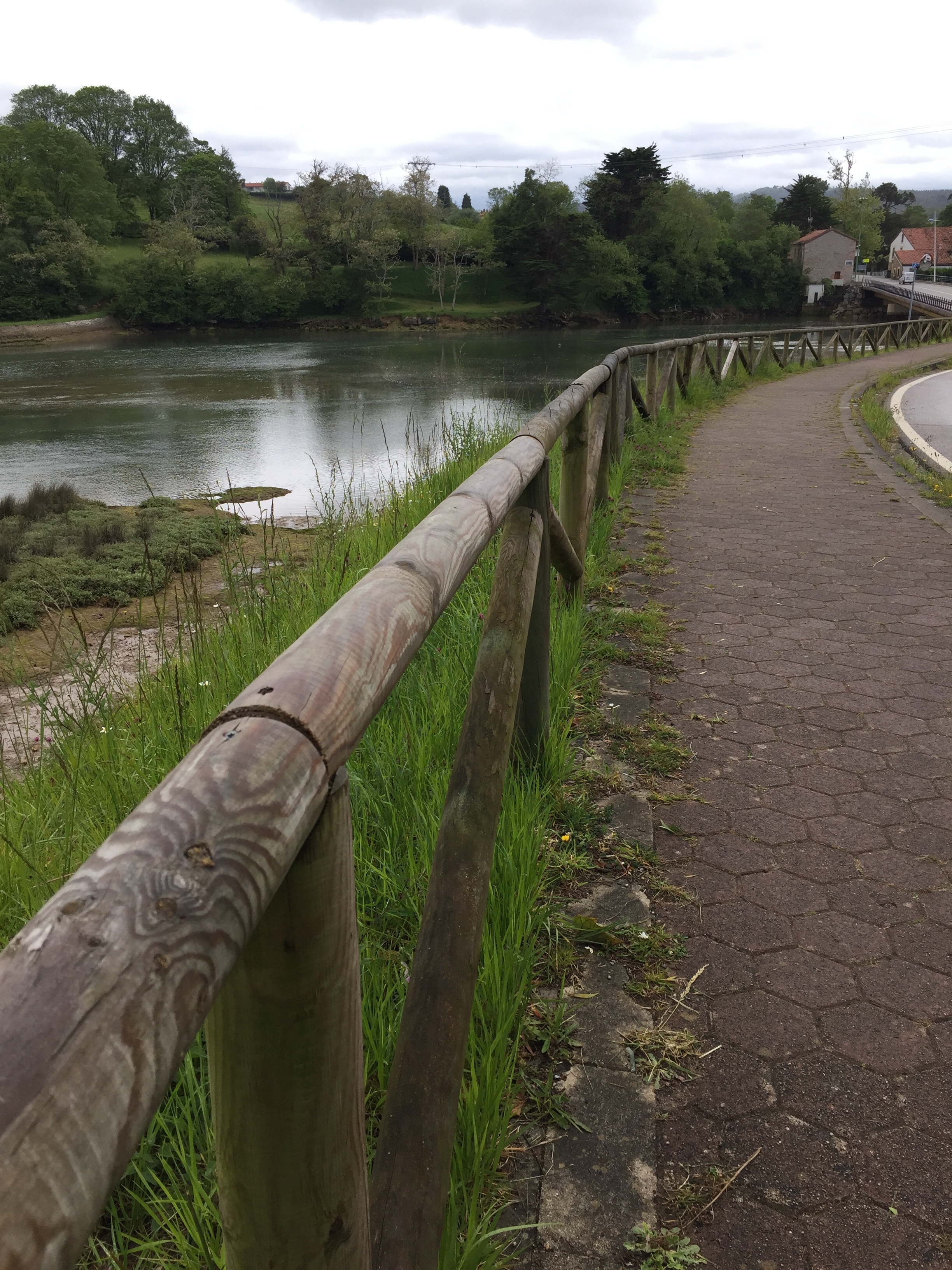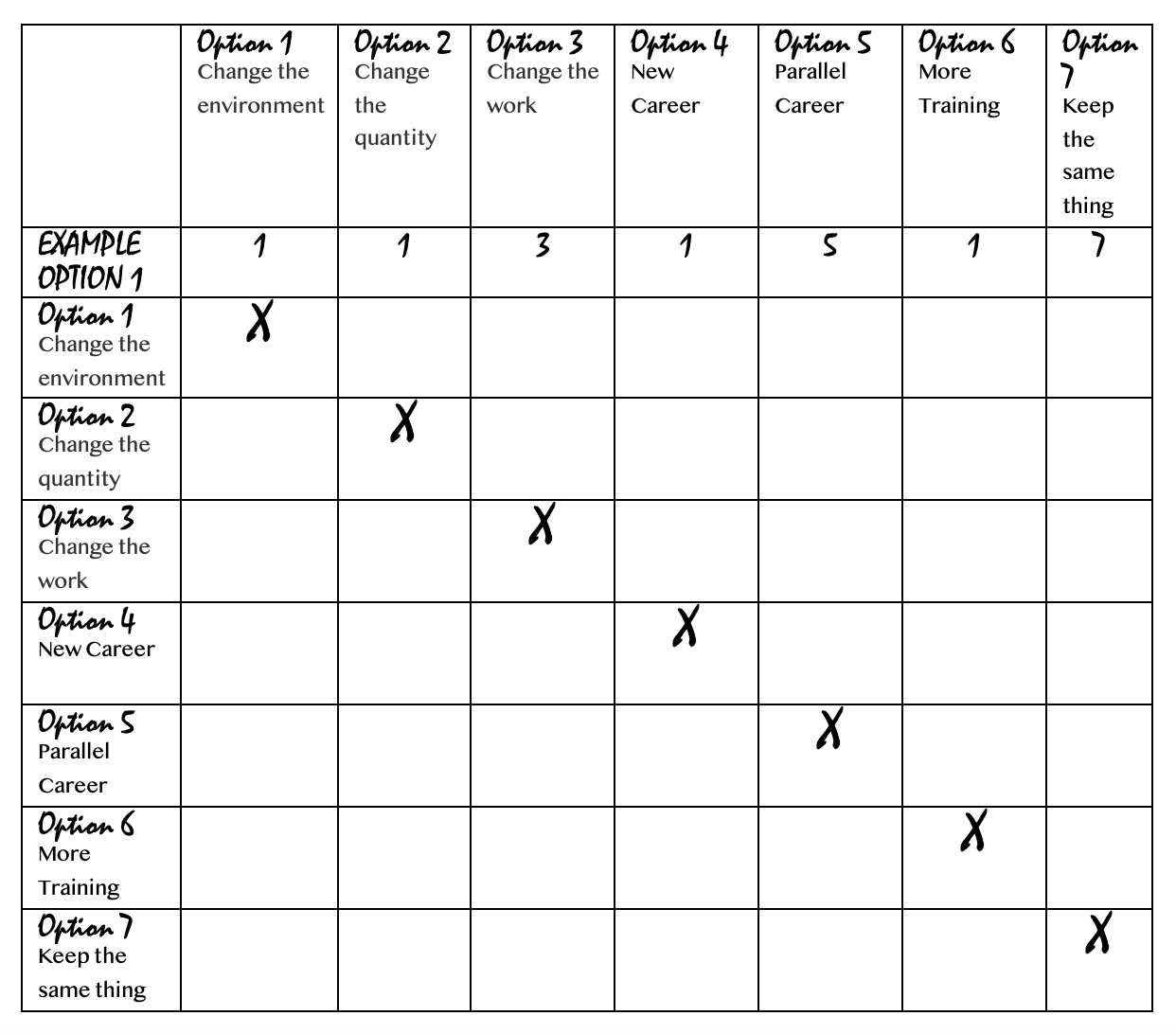Reclaiming the Stigma of Yoga as Prayer Postures
/Our expression of body and spirit is personal
Reclaiming the Stigma of Yoga as Prayer Postures
I grew up in a charismatic setting, so full body engagement was was not scary or foreign. Rather, if anything, expected. And maybe that is where my inhibitions came from; that and my personality type. I was often considered steady and calm Sara (INTX on the Myers-Briggs). And while I didn’t feel that “Steady Sara” was the greatest of insults, it also wasn’t the best of compliments. Flat affect was familiar and comfortable expression, if you can call it that. Yet somehow still I knew my soul longed to worship in a more integrative way with greater expression - with my whole self - body, mind and spirit.
As I listened to worship, even from a very young age, I could envision myself utilizing my whole body to express my deepest emotions. Not in the dancey-clappy ways I often saw demonstrated but rather in a more true-to-me simple and subtle opening of my heart to God.
I knew that I could and desperately wanted to engage in this whole-body praise, a raised-hand here and there would suffice my comfort levels for most of my life. There was a continual longing and disconnect with my disposition and an incomplete expression of my wholeness.
It wasn’t until I was introduced to holy (or faith) yoga that I felt the freedom to let the music guide my body and my body express the worship it so longed to do. My para-sympathetic system released heaviness in ways I had never experienced. The freedom of expression was a new-found place of immense liberation. But what to do with this yoga stigma?
Yoga, for me never held a strict eastern meditation line. I get that it does for some. I had found previous body-healing in other alternative medicine that I knew really worked for me better than modern medicine. I was not afraid to engage in this way, as most who practice, I would discover, are not seeking their third eye or a higher transcendental experience. If anything, the chance to reclaim a pure form of the great gift God had given us – body movement and worship – became an issue of justice for me. Isn’t it only right that I worship with my whole being? Wasn’t I given this body as a vessel?
During this season of covid, so many modern day church buildings are closed. Temples created for worship are shut down. And yet I still have this sacred temple of a body that I was given from birth to extend gratitude, offer requests, and adoration from. My body has desperately cried out for over 4 decades now to be able to come to the table where mind and heart were more frequently welcome.
Simple movements of stretching that I reclaim as prayer postures are now regularly a part of the communication I have with God. Now, after experiencing this completeness, I feel my body throughout the week longing to engage in this way. Literally like a knock at the door, I feel it desiring to express itself so commonly excluded for left-brained conversations only. Throughout the day I may tilt my head to the sky or bow my body to the floor. Other times I spend a solid hour on a mat and let my body move in simple stretches to music. In these free and safe spaces, I feel the most connected to myself and to my Creator. I feel as if I was given another prayer language to speak and express myself with the clarity I lacked for over half of my life.
INSPIRATION:
What might it look like for you to invite your body to engage with your mind more?
When you close your eyes and listen to worship, how do you imagine your body in comparison to how it is in reality?
What happens when you let yourself get in to the imagined posture to express your current feelings?
EXPLORE FURTHER:
Visit my friends at Cross Yoga Europe - Rie and Charlotte for weekly live classes online. https://www.youtube.com/channel/UCR1SdAuewmeNtMX0x6Nhixg
If you’re looking for body specific classes, I love all the free offerings of Yoga with Adriene https://www.youtube.com/user/yogawithadriene
















































































